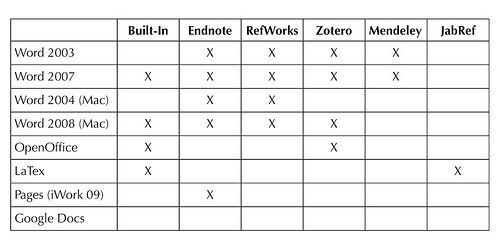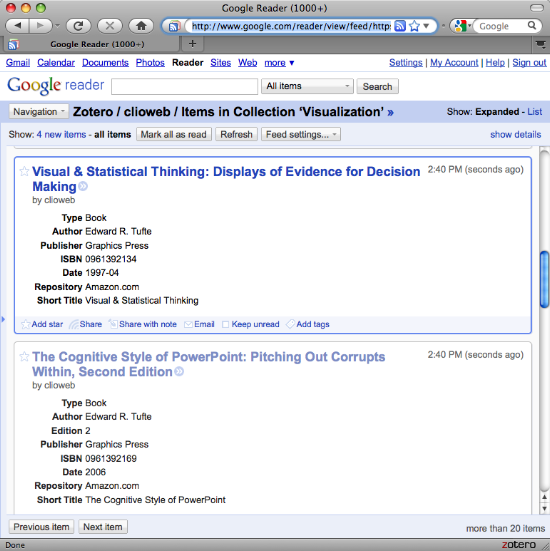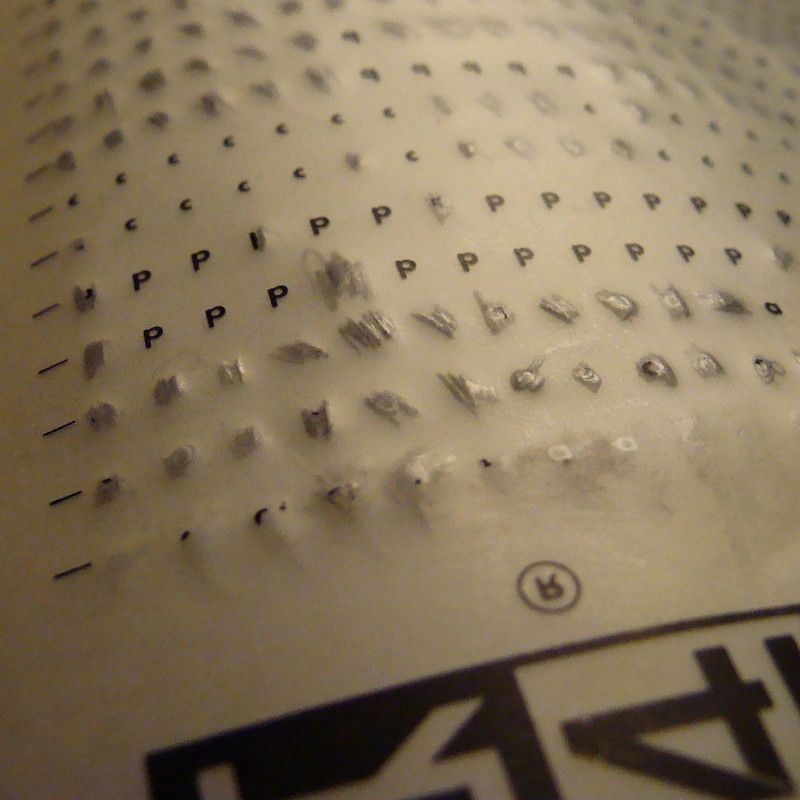
Richard Grant, who needs no introduction here on Nature Network, has just moved to London to start a new job as information architect for Faculty of 1000. I took this opportunity to ask Richard a few questions not only about Faculty of 1000, but also about his role in the company and future plans for the service that they have in mind. 1. Can you describe what Faculty of 1000 is and does? The scientific literature is immense, and growing.




